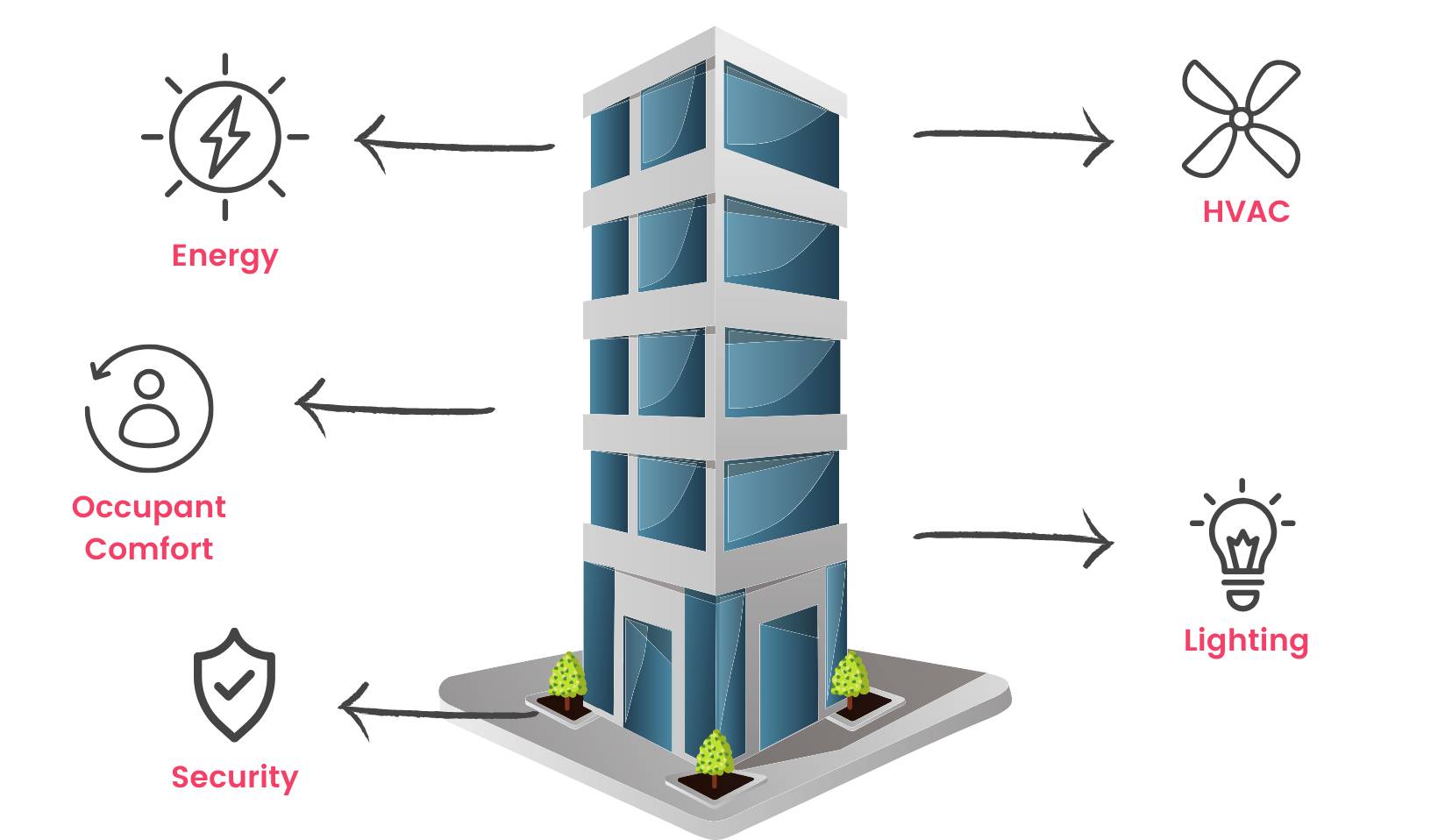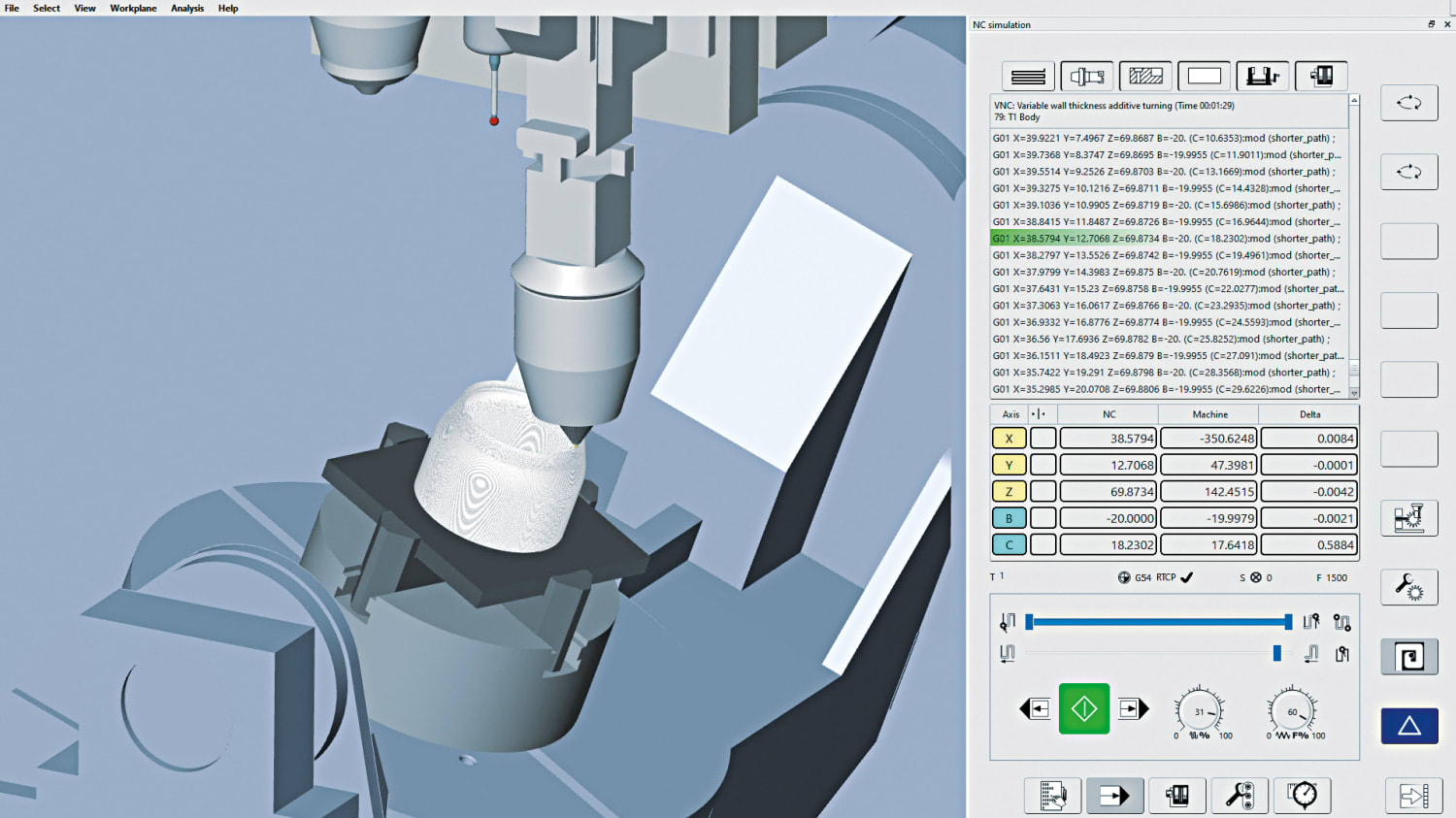Building management systems (BMS): Efficient control for modern buildings
Published

The basics of building management systems
Building management systems, also known as BMS or building management systems (BMS), are at the heart of modern building automation. They are an integral component that makes it possible to centrally monitor, control and optimize all technical systems and facilities in a building. A BMS comprises a large number of sensors, actuators, software and hardware that are installed in buildings to collect and process information and carry out actions based on this. The main function of a building management system is to operate the building infrastructure efficiently and to improve comfort, safety and sustainability in buildings. This is achieved by the BMS networking and coordinating various systems such as heating, ventilation, air conditioning (HVAC), lighting, security, energy management and more. By centrally controlling and monitoring these systems, the BMS can realize energy savings, optimize operations and reduce operating costs. The foundation of a BMS consists of sensors that collect information about the building's environment, such as temperature, humidity, CO2 levels, motion and smoke detection. This information is transmitted to a central control unit, which analyzes it and makes decisions based on predefined rules and algorithms. The control unit can then activate actuators to perform the necessary actions, such as adjusting the room temperature, switching lights on or off or activating security systems. The introduction of BMS has revolutionized the way buildings are managed. Not only do they enable precise and efficient control of building systems, but they also offer the possibility of remote monitoring and control, which greatly simplifies building maintenance and operation. Overall, the fundamentals of building management systems are essential to making modern buildings more efficient, comfortable and sustainable.
Advantages and functions of a BMS in buildings
A building management system (BMS) offers a wealth of benefits and functions that significantly improve the efficiency, safety and sustainability of buildings. One of the main benefits is the ability to save energy. The BMS enables precise control of heating, ventilation and air conditioning (HVAC) based on real-time data such as room temperature, humidity and CO2 levels. This leads to optimized use of energy sources, reduced operating costs and a smaller environmental footprint. Another significant benefit is the improvement in building comfort. The BMS can monitor and automatically adjust room conditions in real time to maximize user comfort. This includes controlling the lighting, blinds and HVAC systems to ensure the ideal indoor climate and correct lighting. This not only contributes to the well-being of building users, but also increases productivity and satisfaction. Security is another important aspect. The BMS enables the monitoring of security systems such as fire alarm systems, intrusion detection systems and access control. In the event of incidents or emergencies, the BMS can automatically initiate appropriate measures, send notifications and trigger alarms to ensure the safety of people and assets. The functions of a BMS are diverse and also include remote monitoring and control of buildings. This allows facility managers and building owners to monitor the operation of buildings in real time and adjust settings if necessary without having to be physically on site. This saves time and resources and significantly improves the efficiency of building management. Overall, a BMS provides a comprehensive solution for optimizing building operations. It enables the integration and control of all technical systems, improves energy efficiency, increases building comfort, ensures security and facilitates remote monitoring and control. In view of the increasing demands for sustainability and efficiency in building technology, BMS systems are indispensable for modern buildings.
Implementation and integration of BMS into existing structures
Implementing and integrating a building management system (BMS) into existing building structures is a complex but extremely rewarding task. Introducing a BMS into existing buildings offers the opportunity to significantly improve operations and efficiency without the need for new construction. The first step is to conduct a comprehensive analysis of the existing building infrastructure and systems to determine the requirements and objectives for the BMS. Selecting the right BMS hardware and software is critical to the success of the project. This includes the selection of sensors, control units, communication protocols and the associated software platform. The integration of the selected BMS components into the existing building infrastructure often requires adjustments and modifications. This may include the installation of additional sensors, actuators and cabling to ensure that all relevant systems and devices can be integrated into the BMS. The integration of a BMS also requires the development of communication interfaces and protocols to allow the existing systems and the BMS to communicate with each other. This may mean that older systems need to be upgraded or equipped with modern interfaces. Implementation should be phased to ensure that all systems function smoothly and no unexpected disruptions occur. Another critical point is staff training. The employees responsible for operating and maintaining the BMS must be properly trained in order to use the system to its full potential. This includes training in the operation of the BMS software, fault diagnosis and maintenance of the hardware components. The implementation and integration of BMS into existing structures requires careful planning, resources and expertise. However, when successfully implemented, it offers significant benefits in terms of energy efficiency, building comfort, security and operating costs. It enables existing buildings to meet the requirements of modern building standards and operate more sustainably.
Energy efficiency and sustainability through BMS
A building management system (BMS) plays a crucial role in increasing energy efficiency and sustainability in buildings. Energy efficiency is a key concern in our modern world as it not only saves costs but also reduces environmental impact. BMSs enable precise control and monitoring of all energy consumption components in a building, including heating, ventilation, air conditioning (HVAC), lighting and electrical appliances. One of the main functions of a BMS is to optimize energy consumption. It continuously collects data on room conditions and energy consumption and adjusts the systems accordingly. For example, the BMS can control the HVAC systems so that they are only activated when they are actually needed and automatically adjust the lighting to make the best use of daylight. This precise control leads to significant energy savings, reduces CO2 emissions and lowers operating costs. A BMS also enables the implementation of schedules and operating modes to optimize energy consumption in buildings. For example, it can reduce the night-time operation of HVAC systems when the building is not in full use or automatically switch off the lighting during periods of absence. In addition, BMS enable the monitoring and reporting of energy consumption, allowing building operators to track consumption over time and take targeted energy efficiency measures. Promoting sustainability is another important goal that can be achieved through BMS. By reducing energy consumption and minimizing waste, BMS help to reduce the environmental impact of buildings. They can also contribute to compliance with environmental regulations and certification standards that are mandatory for many modern buildings. Overall, BMS contribute significantly to the energy efficiency and sustainability of buildings. They enable building owners and operators to not only save money, but also make a positive contribution to the environment. Given the increasing importance of sustainability and environmental protection in our society, BMS are essential to lead modern buildings into a greener and more sustainable future.








